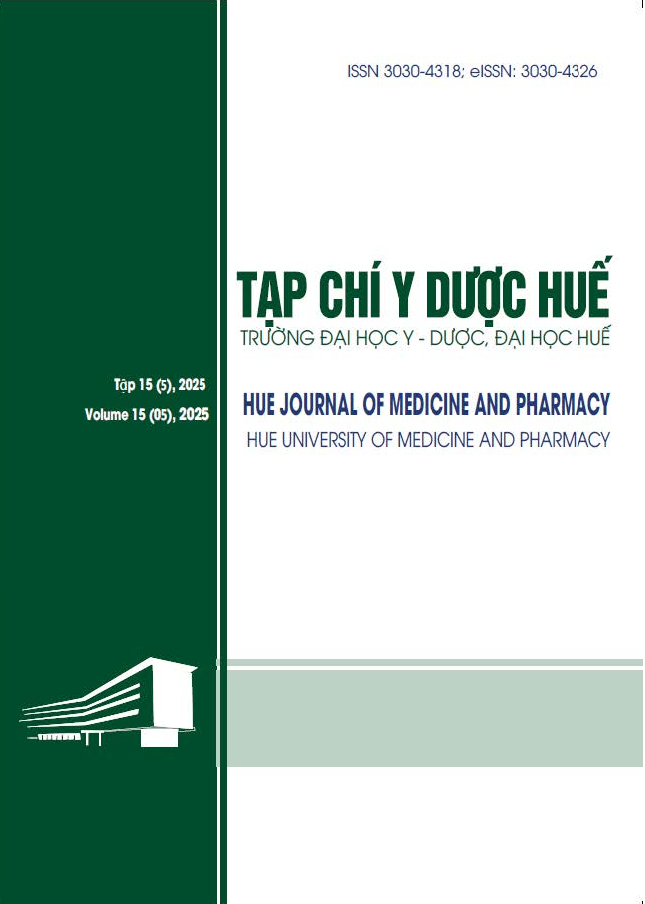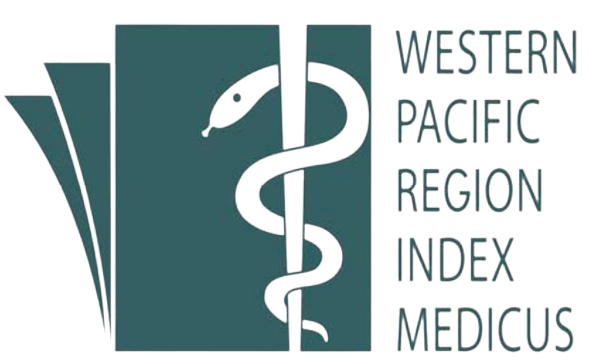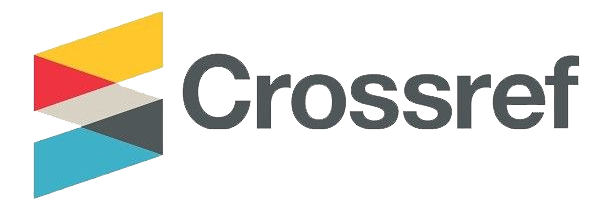Abstract
Background: This study aimed to: 1) Investigate the genomic content of CNVs detected by next-generation sequencing; 2) Determine CNV classification detected by NGS using ACMG/ClinGen standards.
Materials and methods: 33 CNVs detected by next-generation sequencing of 31 individuals examined and consulted at the Department of Medical Genetics from January 2023 to December 2024.
Results: Regarding the genomic characteristics of CNVs, deletions and duplications accounted for 51.5% and 48.5%, respectively. The majority of CNVs were microdeletions/microduplications, less than 5 Mb in size (75.8%). The average number of protein-coding genes was 33.4 ± 49.4. CNVs were found to be distributed on almost all chromosomes. In terms of CNV classification using ACMG/ClinGen criteria, pathogenic CNV (pCNV) and likely pathogenic CNV (lpCNV) accounted for 36.3% and 12.1%, respectively. Meanwhile, benign CNV (bCNV) and likely benign CNV (lbCNV) both accounted for 6.1%. Notably, variant of uncertain significance (VUS) accounted for 39.4%. There was a difference in size of p/lpCNVs compared to the VUS and b/lbCNV.
Conclusion: The detected CNVs included deletion and duplication, most of which were minor in size. We classified CNVs based on clinical significance using the ACMG/ClinGen criteria, providing valuable information for genetic counseling.
| Published | 2025-09-30 | |
| Fulltext |
|
|
| Language |
|
|
| Issue | Vol. 15 No. 5 (2025) | |
| Section | Original Articles | |
| DOI | 10.34071/jmp.2025.5.18 | |
| Keywords | Biến thể số bản sao, giải trình tự thế hệ mới, tiêu chuẩn ACMG/ClinGen, CNV gây bệnh, VUS |

This work is licensed under a Creative Commons Attribution-NonCommercial-NoDerivatives 4.0 International License.
Copyright (c) 2025 Hue Journal of Medicine and Pharmacy
Zhang H, Xu Z, Chen Q, Chen H, Ding X, Liu L, et al. Comparison of the combined use of CNV-seq and karyotyping or QF-PCR in prenatal diagnosis: a retrospective study. Sci Rep. 2023 Dec 1;13(1).
Lan L, She L, Zhang B, He Y, Zheng Z. Prenatal diagnosis of 913 fetuses samples using copy number variation sequencing. Journal of Gene Medicine. 2021 May 1;23(5).
Riggs ER, Andersen EF, Cherry AM, Kantarci S, Kearney H, Patel A, et al. Technical standards for the interpretation and reporting of constitutional copy-number variants: a joint consensus recommendation of the American College of Medical Genetics and Genomics (ACMG) and the Clinical Genome Resource (ClinGen). 2019;p.245–257.
Nguyễn Thị Hảo, Tăng Xuân Hải, Nguyễn Xuân Chung, Đinh Thị Quỳnh, Ngô Văn Cảnh, Hoàng Minh Trường, et al. Chẩn đoán trước sinh các bất thường nhiễm sắc thể bằng kỹ thuật CNV-seq tại Bệnh viện Sản Nhi Nghệ An. Tạp chí Phụ sản. 2022 Oct 7;20(3):26–31.
Zarrei M, MacDonald JR, Merico D, Scherer SW. A copy number variation map of the human genome. Vol. 16, Nature Reviews Genetics. Nature Publishing Group. 2015;p. 172–83.
Rein B, Yan Z. 16p11.2 Copy Number Variations and Neurodevelopmental Disorders. Vol. 43. Trends in Neurosciences. Elsevier Ltd; 2020;p. 886–901.
Xue J, Shen R, Xie M, Liu Y, Zhang Y, Gong L, et al. 22q11.2 recurrent copy number variation-related syndrome: a retrospective analysis of our own microarray cohort and a systematic clinical overview of ClinGen curation. Transl Pediatr. 2021 Dec 1;10(12):3273–81.
Requena F, Abdallah HH, García A, Nitschké P, Romana S, Malan V, et al. CNVxplorer: A web tool to assist clinical interpretation of CNVs in rare disease patients. Nucleic Acids Res. 2021 Jul 2;49(1):W93–103.
Gabriel H, Korinth D, Ritthaler M, Schulte B, Battke F, von Kaisenberg C, et al. Trio exome sequencing is highly relevant in prenatal diagnostics. Prenat Diagn. 2022 Jun 1;42(7):845–51.
East K, Chung W, Foreman K, Gilmore M, Gornick M, Hindorff L, et al. Guide to Interpreting Genomic Reports: A Genomics Toolkit. Clinical Sequencing Exploratory Research. 2017;p.1–36.
Nussbaum R. L., McInnes R. R., Willard H. F. Thompson & Thompson Genetics in Medicine 8th ed. Vol. 8th. Elsevier. 2016.
Chaves TF, Baretto N, Oliveira LF de, Ocampos M, Barbato IT, Anselmi M, et al. Copy Number Variations in a Cohort of 420 Individuals with Neurodevelopmental Disorders From the South of Brazil. Sci Rep. 2019 Dec 1;9(1).






